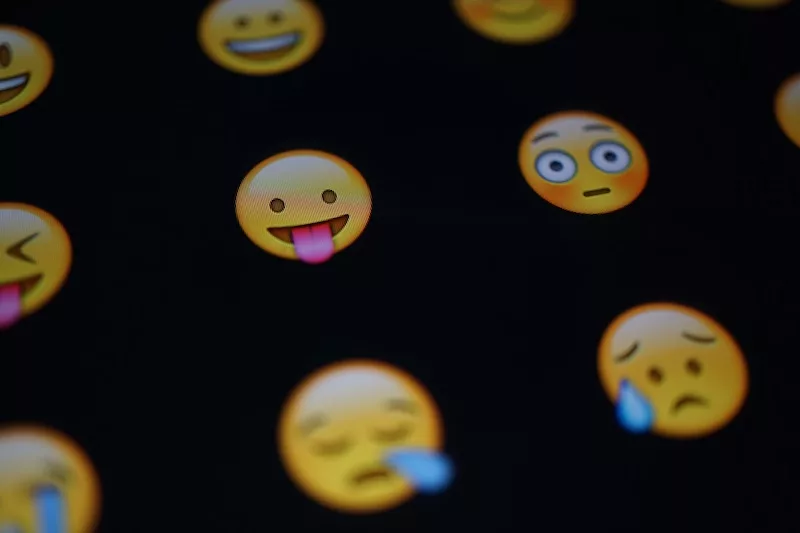Safeguarding experts issued an online warning on World Emoji Day.
World Emoji Day should be a celebration of fun and expression but experts are warning that some emojis are being used to hide far more serious messages.
Education and safeguarding specialists at High Speed Training have revealed how emojis like 🍑, 🍆, 💊 and 🧨 are being used by young people as a secret digital language, one that can signal bullying, drug use, sexual content, or even suicidal thoughts.
Dr Richard Anderson, Head of Learning and Development at High Speed Training, says understanding these symbols is now an essential part of online safety.
“A rapidly evolving hidden language is emerging among young people,” he said.
“What looks like harmless fun, a cherry 🍒, a ghost 👻, or a peach 🍑 could be carrying a very different meaning.
“We want parents, carers and teachers to be aware of what they might really be seeing.”
What to Look Out For
While many emojis are used innocently, certain combinations are being used to disguise more concerning messages.
Here are just a few examples:
Incel (involuntary celibate) references and misogynistic codes:
🔴 or 💊 – The ‘red pill’ ideology
⚫ – The nihilistic ‘black pill’
🫘 – A way to identify as an incel
💥 / 🧨 – Radicalisation or extreme online views
💯 – Reference to the ‘80/20 rule’ in dating theory
Bullying or threats:
❄ – ‘Snowflake’, used as an insult
🧢 – A lie
🐍 – Someone who is untrustworthy
👊👉🚑 – Physical threat or bullying
👻 – Being ghosted or socially excluded
💉 / 🤔🔫 / 🛤🚶💀 – References to self-harm or suicidal ideation
Drug references:
🥦 / 🌳 / 🍁 / 💨 – Marijuana
❄ / 🥥 / ⛄ / 🔑 – Cocaine
🔌 – Drug dealer
Sexual content and explicit images:
👉👌 / 🔨 – Sexual acts
🍑 / 🍆 / 🌮 – Genitalia
✂ – Lesbian
💦 / 🎤 / 🍭 / 👅 – Orgasm or oral sex
🍝 – Nude photographs
🌽 – Pornography
Dr Anderson added:
“Some of these emojis are being used in group chats, on Snapchat or within DMs.
“The plausible deniability of an emoji ‘It’s just a fruit!’ is part of what makes it such a challenge for adults to recognise what’s happening.”
What Can Be Done?
The key, he says, is not panic, but open conversation.
“We’re not saying every aubergine 🍆 or snowflake ❄ is a red flag,” he said.
“But a bit of awareness can go a long way.
“Young people need to know they can come to us with anything they’re experiencing online.”
He also highlighted the positive impact of education and online safety training and the importance of adults staying curious and connected to the world their children are growing up in.
As young people spend more time online this summer, High Speed Training is encouraging adults to learn more about hidden digital language through their online resources.
While most of us will be sharing 😊 and ❤️, it’s worth remembering that behind some messages, there may be more to the story.





